Five Shorts - September - Lean Back
Short 1 - Lean Back
Sheryl Sandberg invites us to lean in; my message in the last few months is actually to lean back. Leaning back is your choice to take a moment to reflect or slow down so you can check if you need to do something differently. Leaning back is an intentional choice to not act as you always do. Leaning back is a choice to slow down the autopilot, the tendency and choose a different action or reaction. Leaning back is your ability to create space between you and the situation; you might get too attached or too invested. It can be time to change your mindset and actions. So Lean Back.
Short 2 - Mute
Part of leaning back is listening. It is the ability to avoid fixing and being the one talking all the time. It is the ability to listen more to what is BEyond. It is your ability to listen to their ideas without waiting for your idea to show up in their words. It is your ability to listen to what the other person knows when they say: "I don't know."
It won't happen if your focus is on what you want to say. If you allowed yourself to be muted for another moment, you might realize that that person does know the answer.
Possibility - take advantage of today's remote work reality and mute yourself. Dare yourself to share with your team or peers that you mute yourself intentionally. If you take too much screen time and you want to get better at the skill of listening, mute yourself. Mute yourself to move from an autopilot action to intentional choice.
This little action, clicking to mute/unmute - will slow you down. What you really do is ask yourself: is it about me or about listening to them?
Short 3 - Saxophone
My youngest joined the school band. Yes! I encouraged him to join the band; I know he will thrive playing music with others. What I didn't anticipate was that he will choose the Saxophone Alto as his instrument.
Let me tell you, it is a loud instrument. It is not easy to have a child who plays the band through a virtual school these days. In the first few days, I gave heads up to my clients: "if you hear a dying elephant in the background, don't worry, it is my youngest playing the sax." Then when it started, we laughed together. It is not easy to have a child in the band through the virtual school, but it is not easy for my son or band teacher to do this virtually. But we all work toward a shared goal to figure it out. Most importantly, it brought the sound of music and a good laugh to our house. Who doesn't need a good laugh these days?
Short 4 - Trees
Twenty-five hours of listening to an audiobook about trees. It is a novel that reminds us that trees are smarter and connected to each other than we think. Still, can I admit that I felt disconnected from the story of the "Overstory" novel? When I write these words, I ponder maybe this was the author's intention to reflect through this book how much the humans in this long novel are disconnected from each other? It was not easy listening, to this book, but it did influence me to take the time and share my insights from this book with you and others. It created a conversation about the importance of trees in our world. As the story says: they were much long before us and much longer after we leave. They have time...
Short 5 - Connection
Connection – last week, for the first time since the pandemic started, I met with a friend for coffee. We met outside a coffee shop. Many coffee shops and restaurants now have a space to sit outside; it is smart, and I believe that most of us should be outside as much as possible. It felt as I have forgotten how to meet with another person outside my core family. We both needed a moment to figure it out. I could sense my own clumsiness, but we are adaptable creatures (just like trees.) Sitting with another person, seeing their smile, body language, and even sitting quietly for a moment. It felt good.
This weekend we celebrate the New Jewish Year. I would like to take a moment and wish us all a year of much health, joy, and connection.




